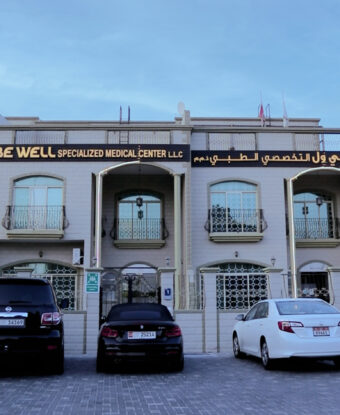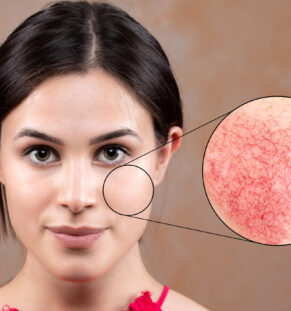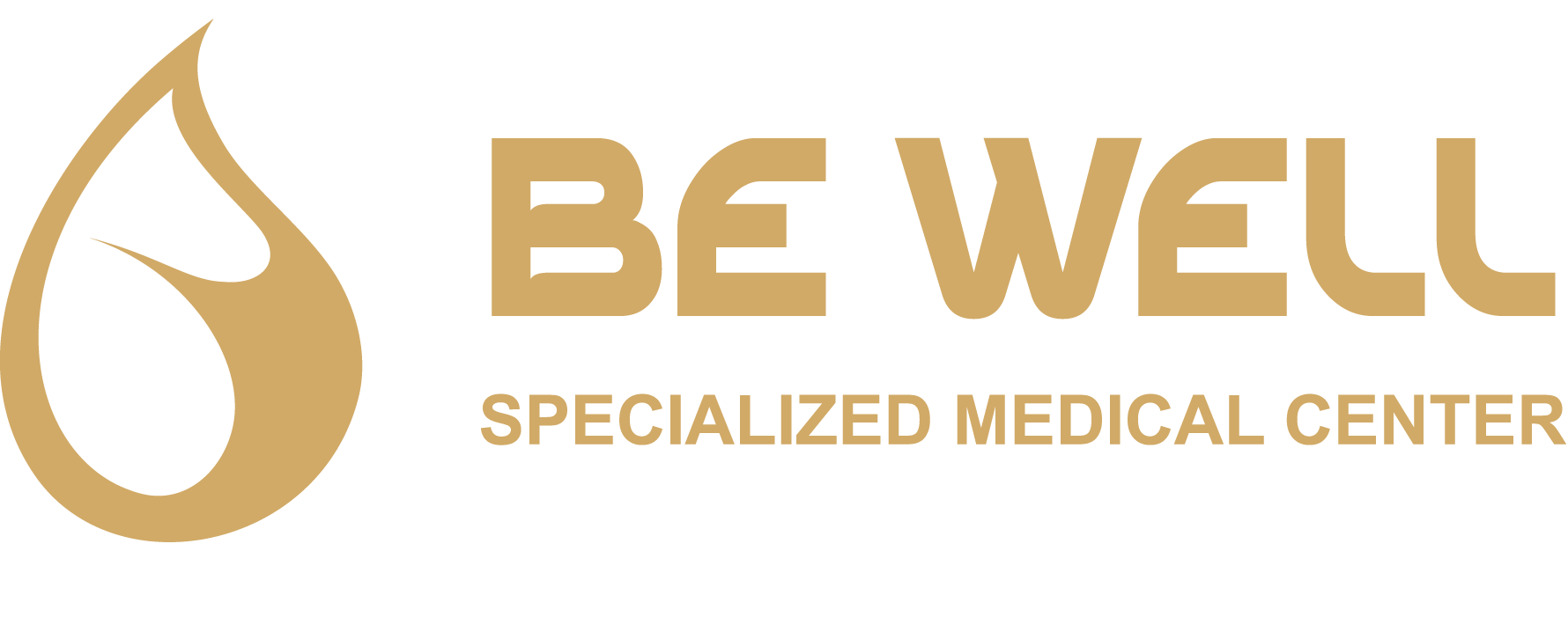

Dermatology
What is Rosacea?
How is Rosacea diagnosed?
Rosacea is a common disorder that most usually affects facial skin. It causes redness on the nose, chin, cheeks and forehead. Over time, the redness may become more intense, taking on a ruddy appearance. Small blood vessels may become visible.
In some cases, rosacea can appear on the chest, ears, neck or scalp. If rosacea is not treated, red solid bumps and pus-filled pimples can develop.
Our doctors will conduct a thorough exam of your signs and symptoms and will take a medical history. During your exam, you should tell our doctor about any problems you are having with your face (redness, bumps or pimples, burning, itching, etc.). There is no specific test to diagnose rosacea.
Details of Rosacea
How is Rosacea treated?
Sometimes, doctors prescribe oral and topical medicines to treat the disorder's associated bumps, pimples and redness. Medicines can bring the condition under control and then maintain its state of remission.
Book an appointment now to see the difference for yourself.
F&Q
People also ask
How I healed my rosacea naturally?
To help treat rosacea, I recommend looking at your diet and eliminating all heating and congesting foods. Eliminate the obvious baddies like coffee and alcohol and congesting fats. Add into your diet almonds and walnuts, seeds, whole grains, vegetables, polyunsaturated oils, olives, avocado, flaxseed, and oily fish.
What foods stop rosacea?
Research has shown that a healthy gut and diet packed with prebiotic-rich foods can help keep rosacea flare-ups at bay. To keep your skin calmer and stay feeling your best, choose prebiotic foods like legumes, onions, garlic, walnuts and bananas.

